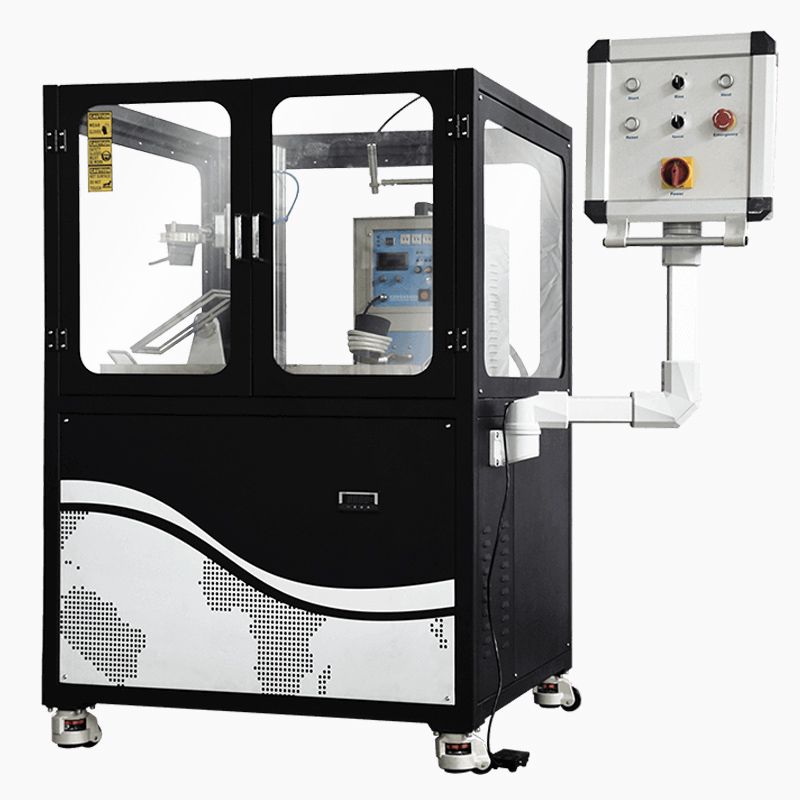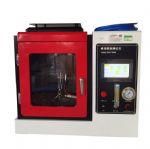 Toys Testing Equipment
Toys Testing Equipment Footwear Testing Equipment
Footwear Testing Equipment Tensile Testing Machine
Tensile Testing Machine Environmental Test Chamber
Environmental Test Chamber Building Material Flammability Test Equipment
Building Material Flammability Test Equipment Paper Testing Equipment
Paper Testing Equipment Spectacle Frames Testing Equipment
Spectacle Frames Testing Equipment Oil Analysis Testing Equipment
Oil Analysis Testing Equipment Lab Test Equipment
Lab Test Equipment Electronic Testing Equipment
Electronic Testing Equipment Stationery Testing Equipment
Stationery Testing Equipment Flammability Test Equipment
Flammability Test Equipment Furniture Testing Machine
Furniture Testing Machine Textile Testing Equipment
Textile Testing Equipment
 Toys Testing Equipment
Toys Testing Equipment Physical & Mechanical Testing
Physical & Mechanical Testing Flammability Testing
Flammability Testing Clamps for Toys Testing
Clamps for Toys Testing Electronic Toy Testing Equipment
Electronic Toy Testing Equipment ISO8124-4,EN71-8
ISO8124-4,EN71-8 Footwear Testing Equipment
Footwear Testing Equipment Fatigue Testing Equipment
Fatigue Testing Equipment Flexing Test Equipment
Flexing Test Equipment Impact Testing Equipment
Impact Testing Equipment Abrasion Testing Equipment
Abrasion Testing Equipment Waterproofness Tester
Waterproofness Tester Friction & Slip Testing
Friction & Slip Testing Tensile Testing Machine
Tensile Testing Machine Environmental Test Chamber
Environmental Test Chamber Building Material Flammability Test Equipment
Building Material Flammability Test Equipment Paper Testing Equipment
Paper Testing Equipment Spectacle Frames Testing Equipment
Spectacle Frames Testing Equipment Oil Analysis Testing Equipment
Oil Analysis Testing Equipment Lab Test Equipment
Lab Test Equipment Electronic Testing Equipment
Electronic Testing Equipment Stationery Testing Equipment
Stationery Testing Equipment Flammability Test Equipment
Flammability Test Equipment Furniture Testing Machine
Furniture Testing Machine Mattress Testing Machine
Mattress Testing Machine Table Testing Machine
Table Testing Machine Chair Testing Machine
Chair Testing Machine Textile Testing Equipment
Textile Testing Equipment Fabric and Garment Testing Instruments
Fabric and Garment Testing Instruments Color Fastness Testing Equipment
Color Fastness Testing Equipment
ISO 9185 Molten Metal Splash Test Apparatus
Product Profile
The thermal penetration resistance of protective clothing materials used to prevent a large number of molten metal splashes was evaluated by the anti-liquid molten metal splashing test device developed according to ISO9185 standard. Medium such as molten aluminium, molten cryolite, molten copper, molten iron and spatter of molten low carbon steel directly acted on the surface of the material. The penetration resistance of protective clothing materials was evaluated by the damage degree of PVC film attached to the back of the sample.
Performance characteristics
1. The anti-liquid metal bead splash test device includes high frequency heating device, sample frame, crucible support, sample frame rotating device, high temperature radiometer, etc.
2. The high temperature radiometer can measure the melting metal temperature up to 1650 C, and the accuracy can reach (+10) C.
3. The metal solution pouring device rotates at a constant angular speed and can pour the sample.
4. High frequency heating device, which can be used to melt aluminium, copper, iron and mild steel, can be heated to 1800 degrees.
5. Protective framework and toughened glass observation window are equipped to protect the safety of testers.
6. The bracket arm control unit can be used for lifting and rotating the crucible bracket.
Standard
ISO 9185:2007
Size: 1000mm (L) * 1000mm (W) * 1500mm (H)
Weight: 180KG
Installation requirements: Electricity requirements: 220V, 10A; 380V, 60A
Ambient temperature: 10 ℃ to 35 ℃
Gas requirements: air compressor air source, external diameter 8mm
Water source requirement: tap water source, external diameter 15 mm
How are fire protection products tested?
Many fire tests are run by official laboratories for the purpose of product certification. However, some manufacturers of fire protection products also maintain their own facilities and run tests for R & D purposes before going to the expense and exposure of a test at a third party facility.
Anti-Liquid Molten Metal Splash Test Device.pdf


 Toys Testing Equipment
Toys Testing Equipment Footwear Testing Equipment
Footwear Testing Equipment Tensile Testing Machine
Tensile Testing Machine Environmental Test Chamber
Environmental Test Chamber Building Material Flammability Test Equipment
Building Material Flammability Test Equipment Paper Testing Equipment
Paper Testing Equipment Spectacle Frames Testing Equipment
Spectacle Frames Testing Equipment Oil Analysis Testing Equipment
Oil Analysis Testing Equipment Lab Test Equipment
Lab Test Equipment Electronic Testing Equipment
Electronic Testing Equipment Stationery Testing Equipment
Stationery Testing Equipment Flammability Test Equipment
Flammability Test Equipment Furniture Testing Machine
Furniture Testing Machine Textile Testing Equipment
Textile Testing Equipment

 English
English 中文
中文 Español
Español française
française العربية
العربية Русский
Русский



















